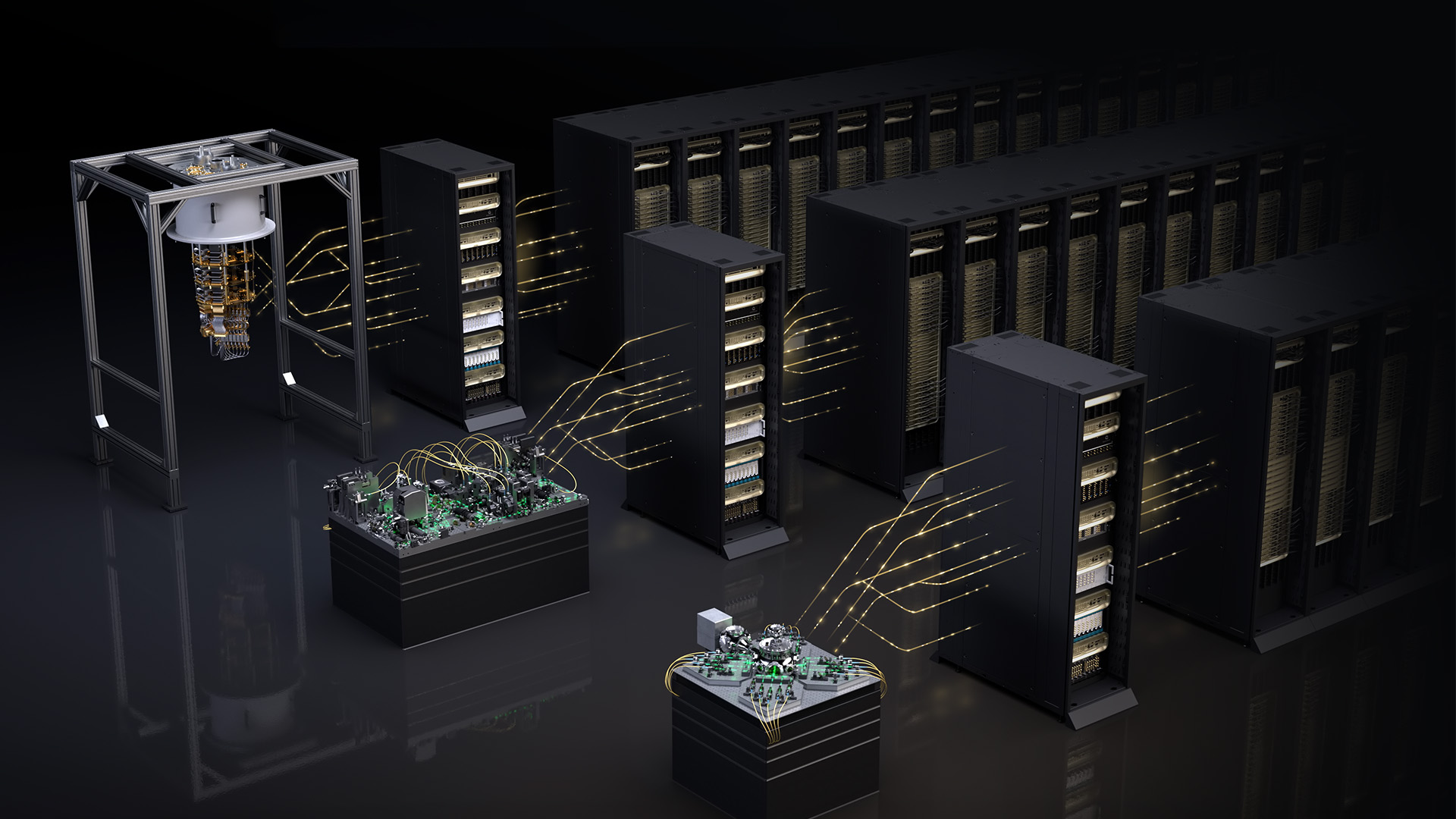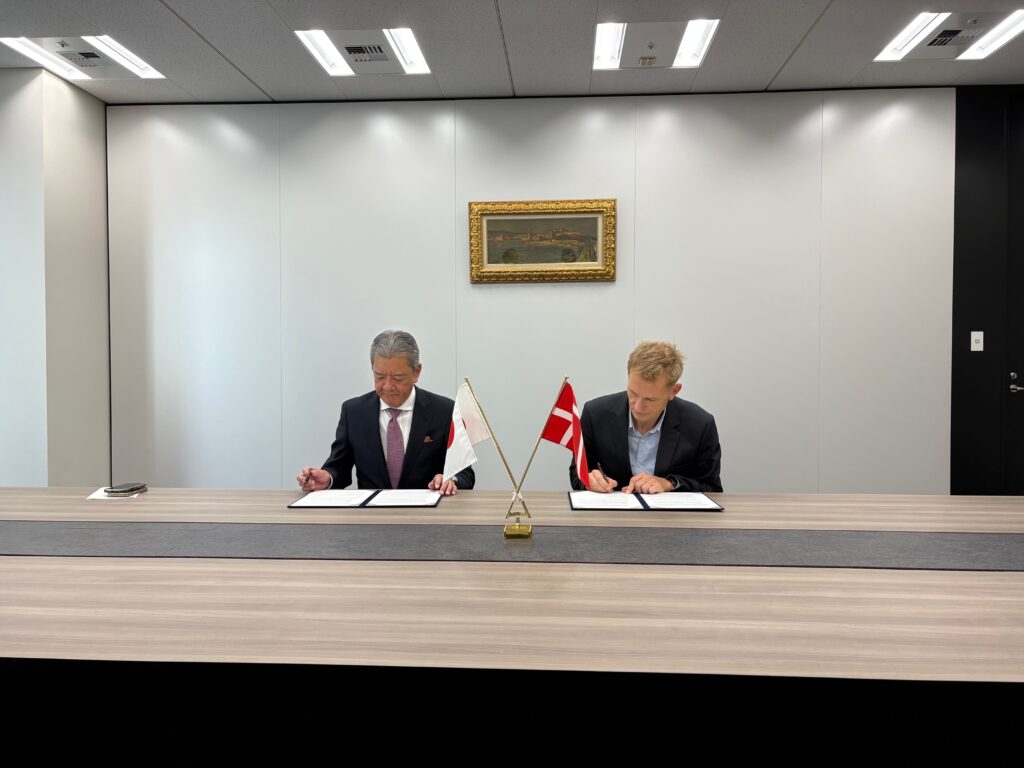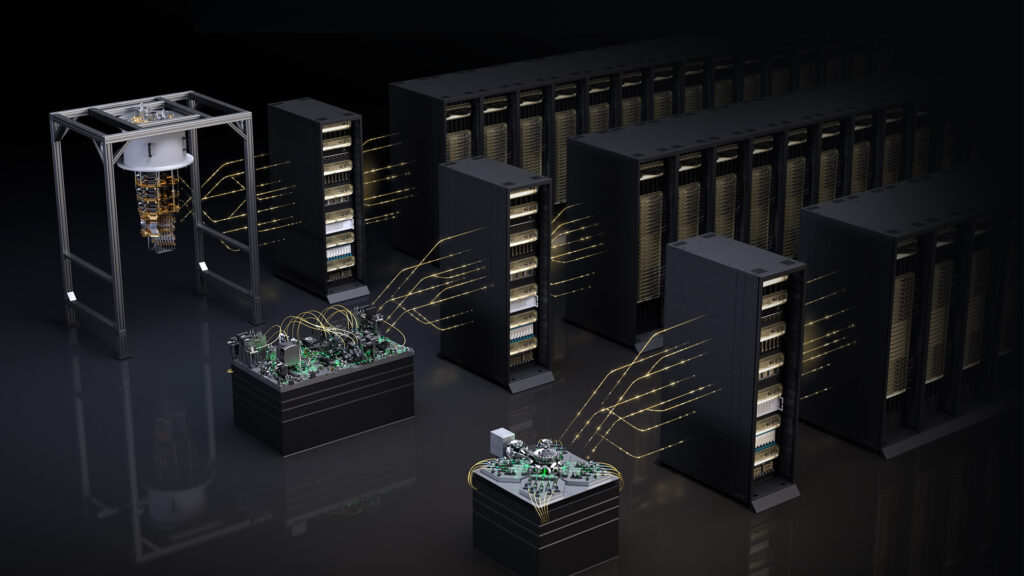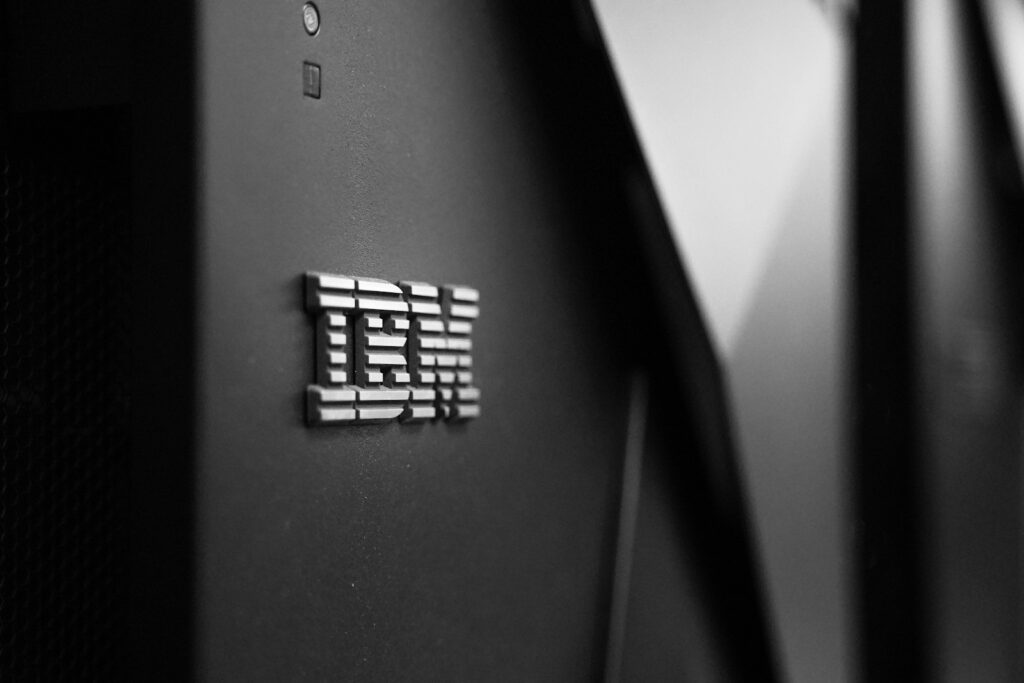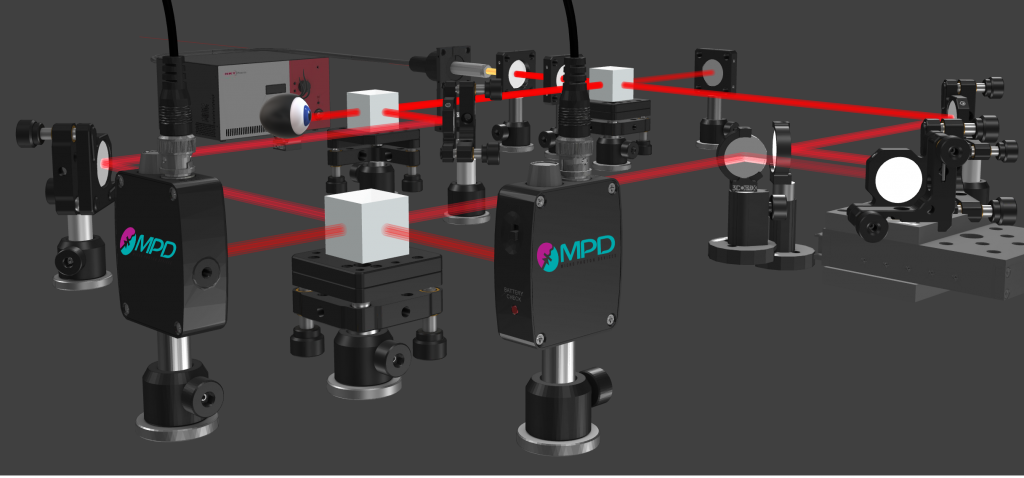Insider Brief
- NVIDIA unveiled NVQLink, an open system architecture linking quantum processors directly with GPU-based supercomputers, during its Global Technology Conference in Washington, D.C.
- Developed with input from U.S. national laboratories, NVQLink provides a low-latency, high-throughput interconnect that enables real-time control, calibration, and error correction for hybrid quantum–classical computing.
- The initiative brings together 17 quantum hardware companies, five controller builders, and nine national labs, positioning NVQLink as a standardized foundation for accelerated quantum supercomputing.
NVIDIA has unveiled NVQLink — an open system architecture designed to link quantum processors directly with GPU-based supercomputers — during Nvidia’s Washington, D.C. Global Technology Conference.
NVIDIA CEO Jensen Huang said the system could define the technical foundation for hybrid quantum–classical systems amnd likened NVQLink to “the Rosetta Stone” of the quantum era in his keynote — an underlying technical premise that is just as pragmatic as it is metaphorical.
“In the near future, every NVIDIA GPU scientific supercomputer will be hybrid, tightly coupled with quantum processors to expand what is possible with computing,” said Jensen Huang, founder and CEO of NVIDIA. “NVQLink is the Rosetta Stone connecting quantum and classical supercomputers — uniting them into a single, coherent system that marks the onset of the quantum-GPU computing era.”

The new platform connects the high-speed, high-throughput performance of NVIDIA’s GPU computing with quantum processing units (QPUs), allowing researchers to manage the intricate control and error-correction workloads required by quantum devices. According to a NVIDIA statement, the system was developed with guidance from researchers at major U.S. national laboratories including Brookhaven, Fermi, Lawrence Berkeley, Los Alamos, MIT Lincoln, Oak Ridge, Pacific Northwest, and Sandia.
Qubits, the basic units of quantum information, are extremely sensitive to noise and decoherence, making them prone to errors. Correcting and stabilizing these systems requires near-instantaneous feedback and coordination with classical processors. NVQLink is meant to meet that demand by providing an open, low-latency interconnect between quantum processors, control systems, and supercomputers — effectively creating a unified environment for hybrid quantum applications.
The architecture offers a standardized, open approach to quantum integration, aligning with the company’s CUDA-Q software platform to enable researchers to develop, test, and scale hybrid algorithms that draw simultaneously on CPUs, GPUs, and QPUs.
The U.S. Department of Energy (DOE) — which oversees several of the participating laboratories — framed NVQLink as part of a broader national effort to sustain leadership in high-performance computing, according to NVIDIA.
“Maintaining America’s leadership in high-performance computing requires us to build the bridge to the next era of computing: accelerated quantum supercomputing,” said U.S. Secretary of Energy Chris Wright in the statement. “The deep collaboration between our national laboratories, startups and industry partners like NVIDIA is central to this mission — and NVIDIA NVQLink provides the critical technology to unite world-class GPU supercomputers with emerging quantum processors, creating the powerful systems we need to solve the grand scientific challenges of our time.”
The initiative supports a broad coalition across the quantum ecosystem: 17 quantum hardware builders, five controller builders, and nine U.S. national labs are collaborating on the architecture. Among the companies participating are Quantinuum, IonQ, Pasqal, QuEra, Oxford Quantum Circuits, Rigetti, IQM, Atom Computing, and Infleqtion, along with control-system providers such as Quantum Machines, Qblox, Keysight Technologies, and Zurich Instruments.

